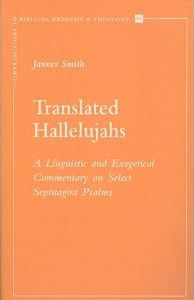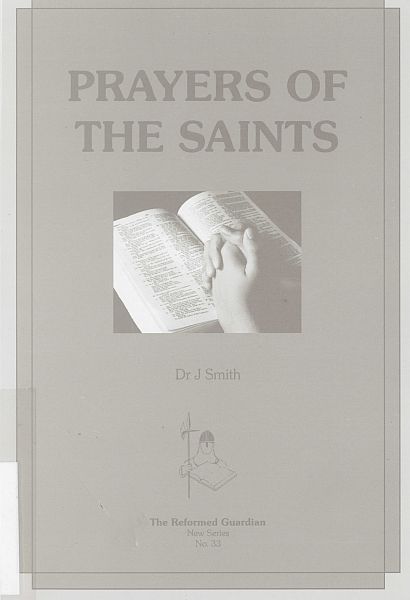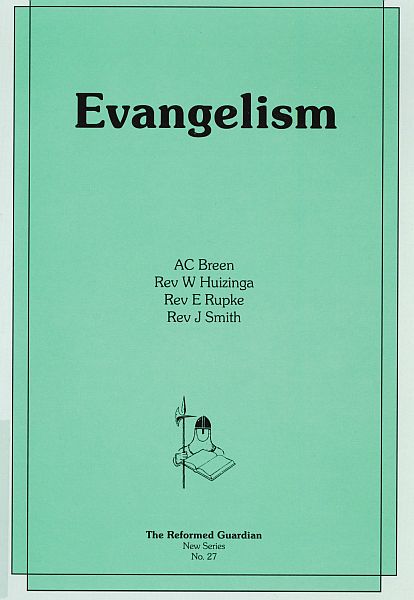Jannes Smith
This presentation will address the following sorts of questions: What is the antithesis, and where does the idea of the antithesis come from? How can the theme of the antithesis be traced through the Bible, from the enmity between the seed of the woman and the seed of the serpent to the final victory of Christ over Satan? What place should the antithesis have in the preaching of the gospel? Can this theme be misused or overemphasized? How does the minister ensure that his sermons draw the battle lines correctly?
September 9, 2023The gospel that Jesus rose from the dead is still as shocking as ever, and it’s a gospel that changes our lives.
March 29, 2018When a group of Greeks ask to see Jesus, Jesus concludes that it’s time for him to be glorified.
October 24, 2016Who was Quirinius? Besides Luke 2, he is not mentioned anywhere else in the Bible. How does he factor into the story?
December 21, 2015This meditation draws lessons about prayer from Psalm 59.
October 19, 2015This book explores the meaning of five psalms in the Septuagint version (Pss 104, 105, 110, 111, 112), not as interpreted in later reception history but as originally intended by the translator. The author retraces the translator’s path, accounting for translation choices by comparing the Greek with its Hebrew source, and measuring the impact of the translator’s decisions upon the profile of the Psalter, such as the effect of semantic shifts and the extent to which Hebrew poetic features, lexical links, and Pentateuchal intertextuality have been lost or preserved.
Author: J. Smith. Publisher: Peeters, 2011. ISBN 9789042923843
May 13, 2015A collection of fourteen congregational prayers that can be used by ministers and elders in the worship service. It also includes an appendix with helpful guidelines on how to lead the congregation in prayer.
Author: J. Smith Publisher: Reformed Guardian, 2010.
May 13, 2015This small volume contains a collection of speeches that arose out of the Western Australian Evangelism Convention in Rockingham, held on May 18 and 19, 2007.
Author: J. Smith. Publisher: Reformed Guardian, 2008.
May 13, 2015Recorded during the 2015 CRTS Conference.
Dr. Smith proposes a distinction between finding eschatology by way of explication (mining passages containing direct information about the end), by way of implication (exploring typological features, secondary fulfillments, etc.), and by way of application (pulling through eschatological lines; drawing out the significance of a passage for our future hope), illustrating the importance of such a distinction with samples from the book of Psalms. He concludes by asking in what sense an OT book can be called eschatological.May 8, 2015November 11 is a day on which to reflect and to remember. Remembrance Day is a day that pushes us beyond the Reformed communities to which we belong and reminds us that we shine as lights in a big universe. It is a day
that jolts us out of our daily routines,
and it reminds us that life is a lot bigger than our personal deadlines and plans. These are the opening thoughts of Dr. Smith’s meditation on Ecclesiastes 3:2, 8.May 6, 2015Is there a connection between faith and shame?
We might not think to put them together, but the Bible does. In this article Dr. Smith explores the relationship between faith and shame by way of a brief meditation on Psalm 25.May 6, 2015A speech given at the ARPA’s 2014 God and Government Conference in Ottawa, Ontario.
April 29, 2015










